1. Hwang S, Moon DB, Lee SG. 2010; Liver transplantation and conventional surgery for advanced hepatocellular carcinoma. Transpl Int. 23:723–727. DOI:
10.1111/j.1432-2277.2010.01103.x. PMID:
20477996.

2. Ko S, Kirihataya Y, Matsumoto Y, Takagi T, Matsusaka M, Mukogawa T, et al. 2016; Retrocaval liver lifting maneuver and modifications of total hepatic vascular exclusion for liver tumor resection. World J Hepatol. 8:411–420. DOI:
10.4254/wjh.v8.i8.411. PMID:
27004089. PMCID:
PMC4794531.

3. Smyrniotis VE, Kostopanagiotou GG, Gamaletsos EL, Vassiliou JG, Voros DC, Fotopoulos AC, et al. 2002; Total versus selective hepatic vascular exclusion in major liver resections. Am J Surg. 183:173–178. DOI:
10.1016/S0002-9610(01)00864-9. PMID:
11918884.

5. Fu SY, Lau WY, Li AJ, Yang Y, Pan ZY, Sun YM, et al. 2010; Liver resection under total vascular exclusion with or without preceding Pringle manoeuvre. Br J Surg. 97:50–55. DOI:
10.1002/bjs.6841. PMID:
20013928.

6. Azoulay D, Lim C, Salloum C, Andreani P, Maggi U, Bartelmaos T, et al. 2015; Complex liver resection using standard total vascular exclusion, venovenous bypass, and in situ hypothermic portal perfusion: an audit of 77 consecutive cases. Ann Surg. 262:93–104. DOI:
10.1097/SLA.0000000000000787. PMID:
24950284.
7. Cherqui D, Malassagne B, Colau PI, Brunetti F, Rotman N, Fagniez PL. 1999; Hepatic vascular exclusion with preservation of the caval flow for liver resections. Ann Surg. 230:24–30. DOI:
10.1097/00000658-199907000-00004. PMID:
10400032. PMCID:
PMC1420840.

8. Azoulay D, Andreani P, Maggi U, Salloum C, Perdigao F, Sebagh M, et al. 2006; Combined liver resection and reconstruction of the supra-renal vena cava: the Paul Brousse experience. Ann Surg. 244:80–88. DOI:
10.1097/01.sla.0000218092.83675.bc. PMID:
16794392. PMCID:
PMC1570596.
9. Belghiti J, Noun R, Zante E, Ballet T, Sauvanet A. 1996; Portal triad clamping or hepatic vascular exclusion for major liver resection. A controlled study. Ann Surg. 224:155–161. DOI:
10.1097/00000658-199608000-00007. PMID:
8757378. PMCID:
PMC1235336.
13. Gonultas F, Akbulut S, Barut B, Usta S, Kutluturk K, Kutlu R, et al. 2020; Usability of inferior vena cava interposition graft during living donor liver transplantation: is this approach always necessary? J Gastrointest Surg. 24:1540–1551. DOI:
10.1007/s11605-019-04342-6. PMID:
31385171.

14. Yoon YI, Lee SG, Moon DB, Ahn CS, Hwang S, Kim KH, et al. 2019; Surgical techniques and long-term outcomes of living-donor liver transplantation with inferior vena cava replacement using atriocaval synthetic interposition graft for Budd-Chiari syndrome. Ann Surg. 269:e43–e45. DOI:
10.1097/SLA.0000000000002847. PMID:
30080720.

15. Moon DB, Lee SG, Hwang S, Kim KH, Ahn CS, Ha TY, et al. 2013; No-touch en bloc right lobe living-donor liver transplantation with inferior vena cava replacement for hepatocellular carcinoma close to retrohepatic inferior vena cava: case report. Transplant Proc. 45:3135–3139. DOI:
10.1016/j.transproceed.2013.08.052. PMID:
24157050.

16. Namgoong JM, Choi JU, Hwang S, Oh SH, Park GC. 2019; Pediatric living donor liver transplantation with homograft replacement of retrohepatic inferior vena cava for advanced hepatoblastoma. Ann Hepatobiliary Pancreat Surg. 23:178–182. DOI:
10.14701/ahbps.2019.23.2.178. PMID:
31225421. PMCID:
PMC6558128.

17. Namgoong JM, Hwang S, Oh SH, Kim KM, Park GC, Ahn CS, et al. 2020; Living-donor liver transplantation with inferior vena cava replacement in an infant recipient with advanced hepatoblastoma. Ann Hepatobiliary Pancreat Surg. 24:72–77. DOI:
10.14701/ahbps.2020.24.1.72. PMID:
32181433. PMCID:
PMC7061035.

18. Franko J, Hsu HW, Thirunavukarasu P, Frankova D, Goldman CD. 2017; Chemotherapy and radiation components of neoadjuvant treatment of pancreatic head adenocarcinoma: impact on perioperative mortality and long-term survival. Eur J Surg Oncol. 43:351–357. DOI:
10.1016/j.ejso.2016.10.021. PMID:
27863846.

19. Lehmann FS, Beglinger C, Schnabel K, Terracciano L. 1999; Progressive development of diffuse liver hemangiomatosis. J Hepatol. 30:951–954. DOI:
10.1016/S0168-8278(99)80152-4. PMID:
10365825.

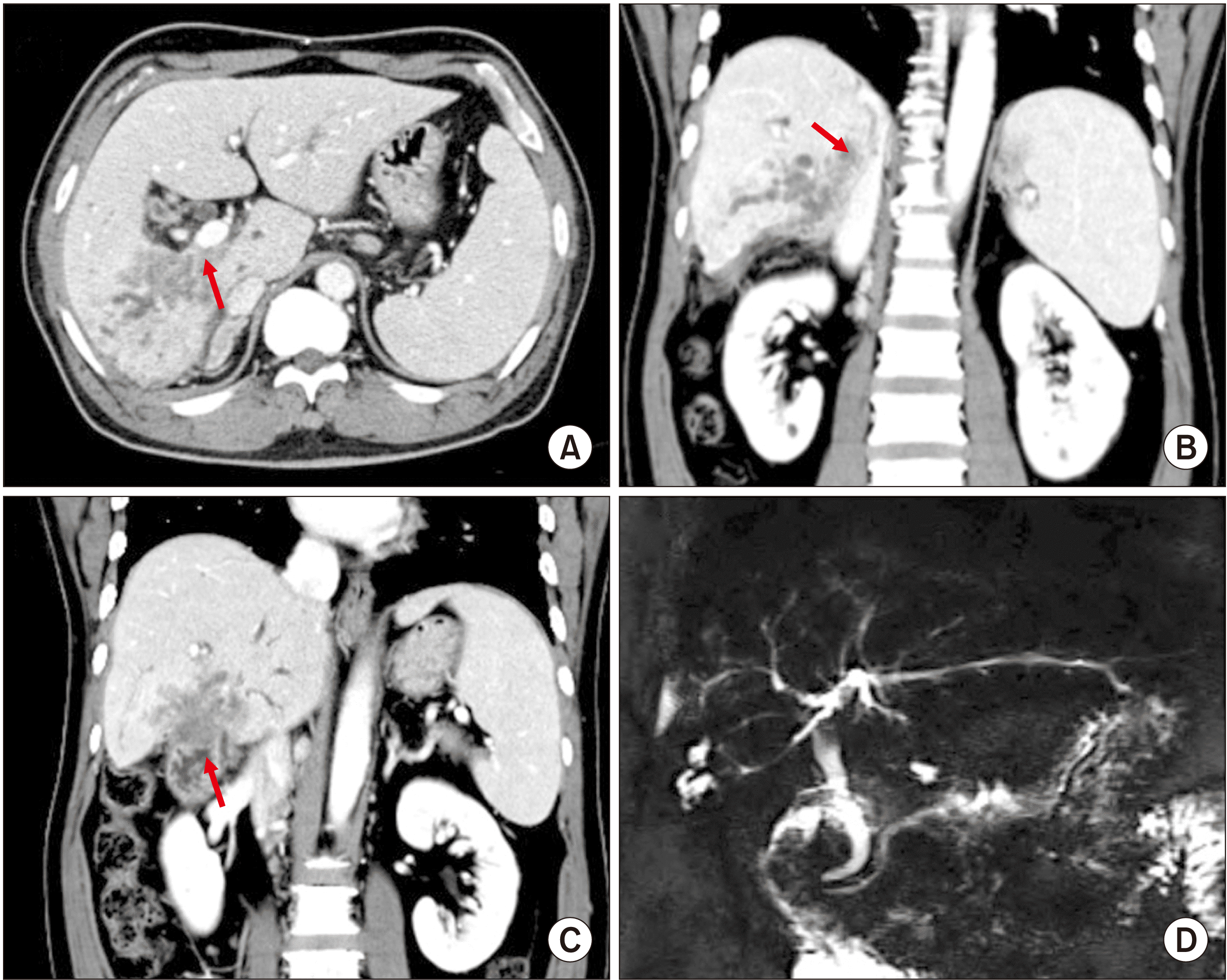
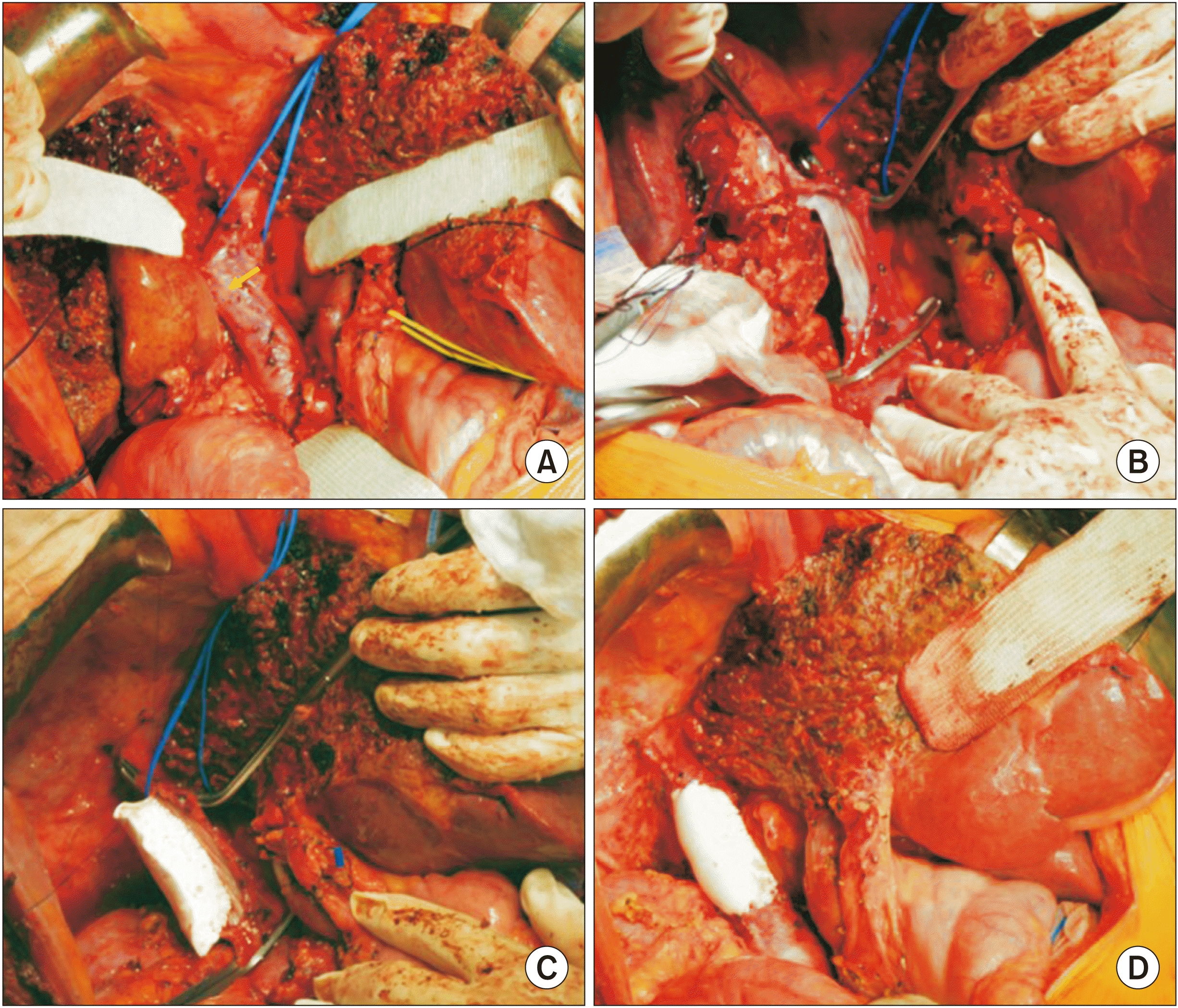
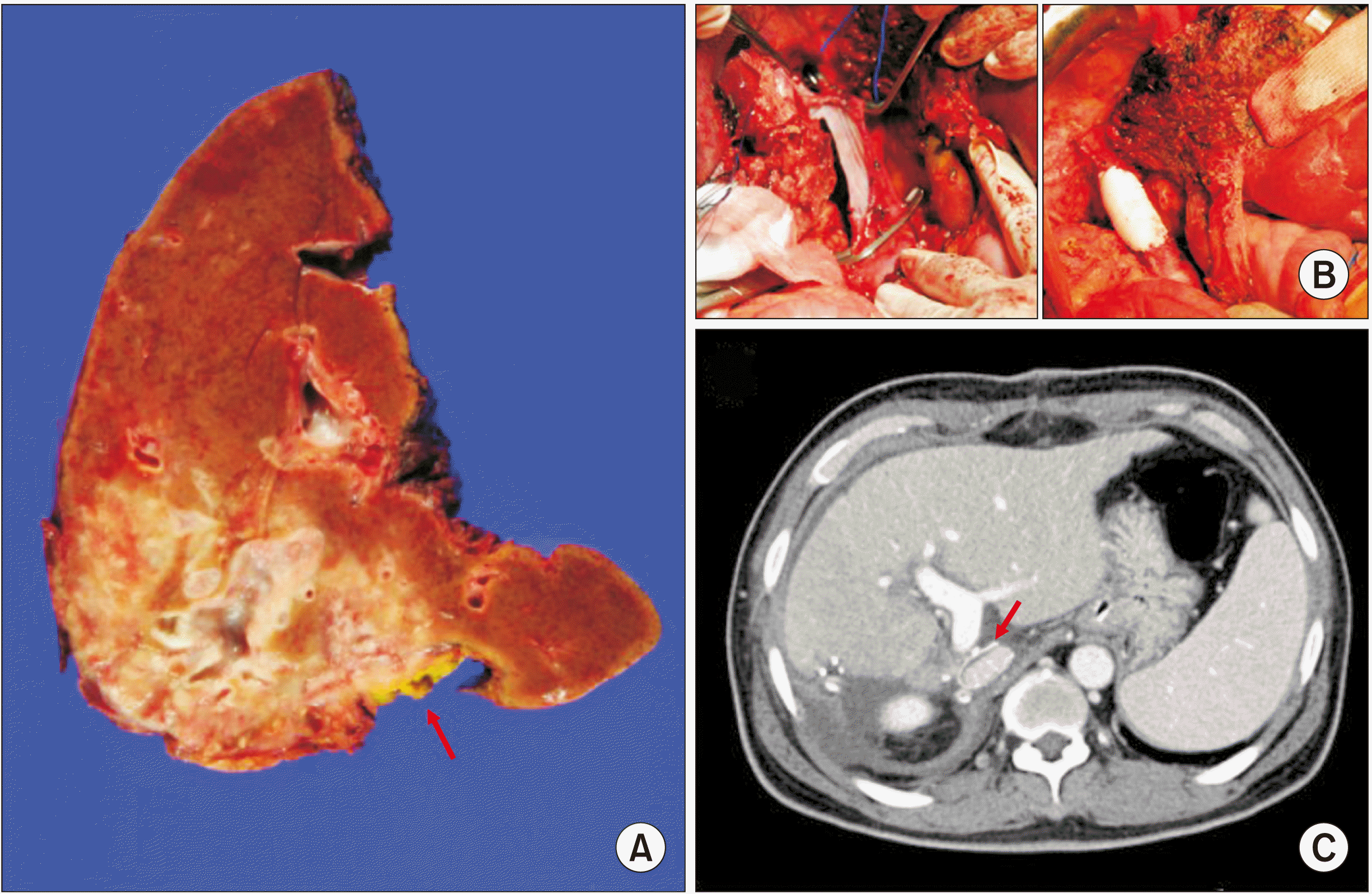

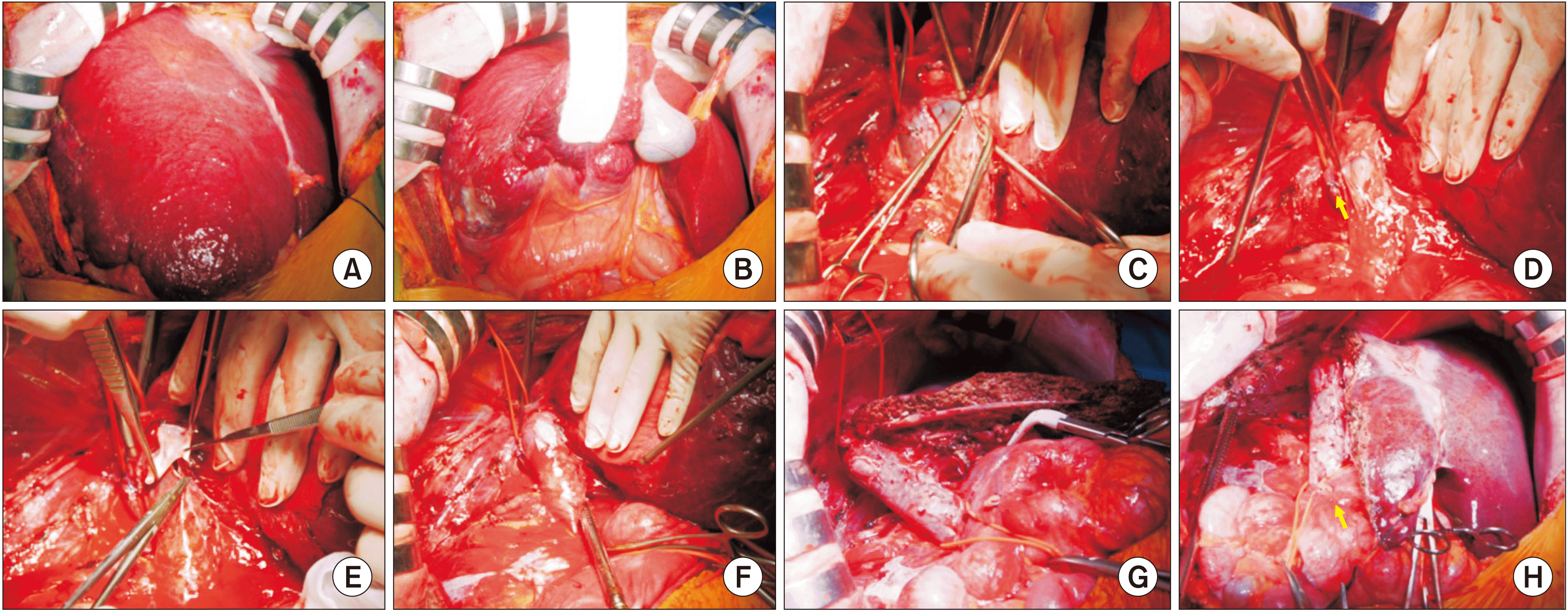




 PDF
PDF Citation
Citation Print
Print



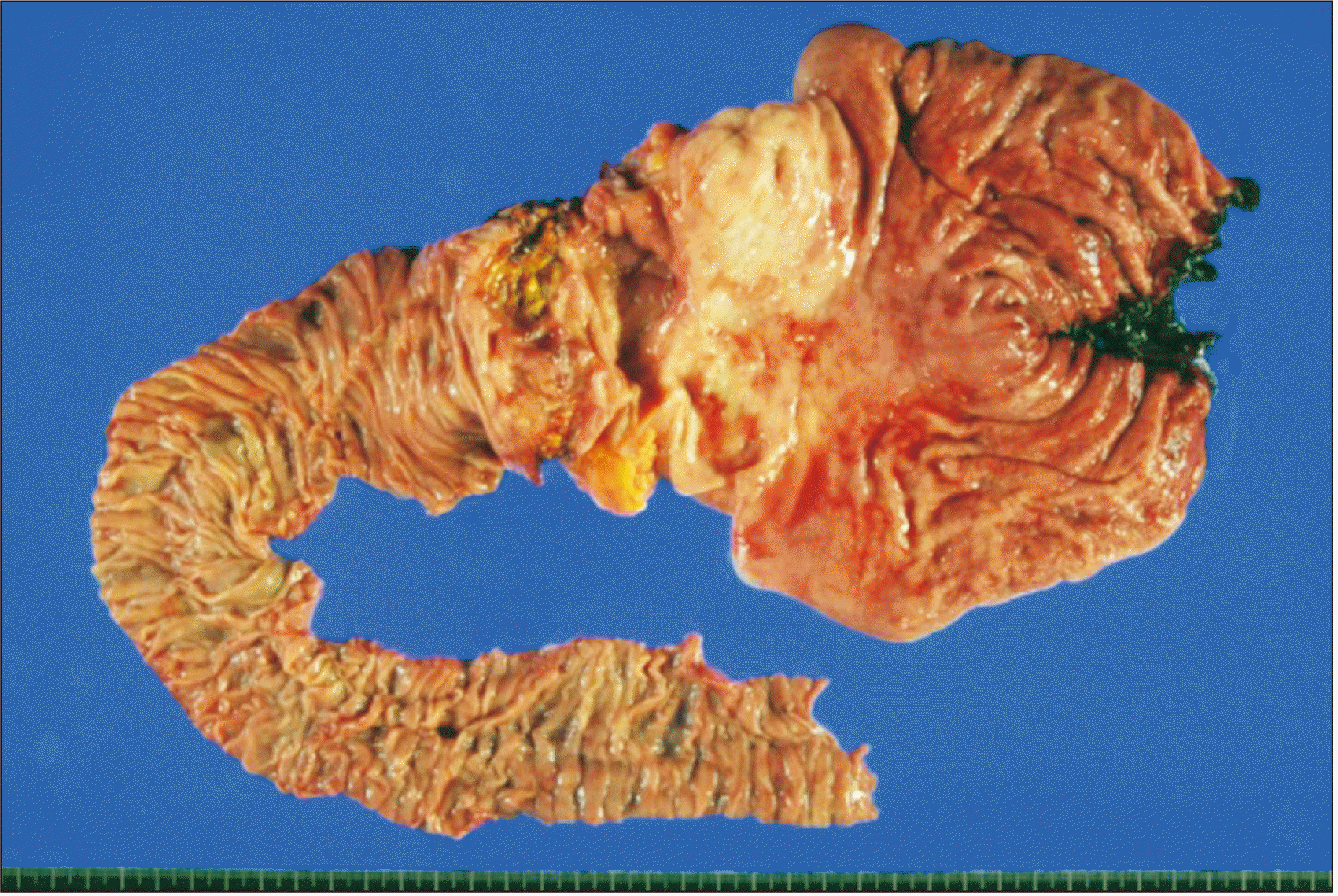
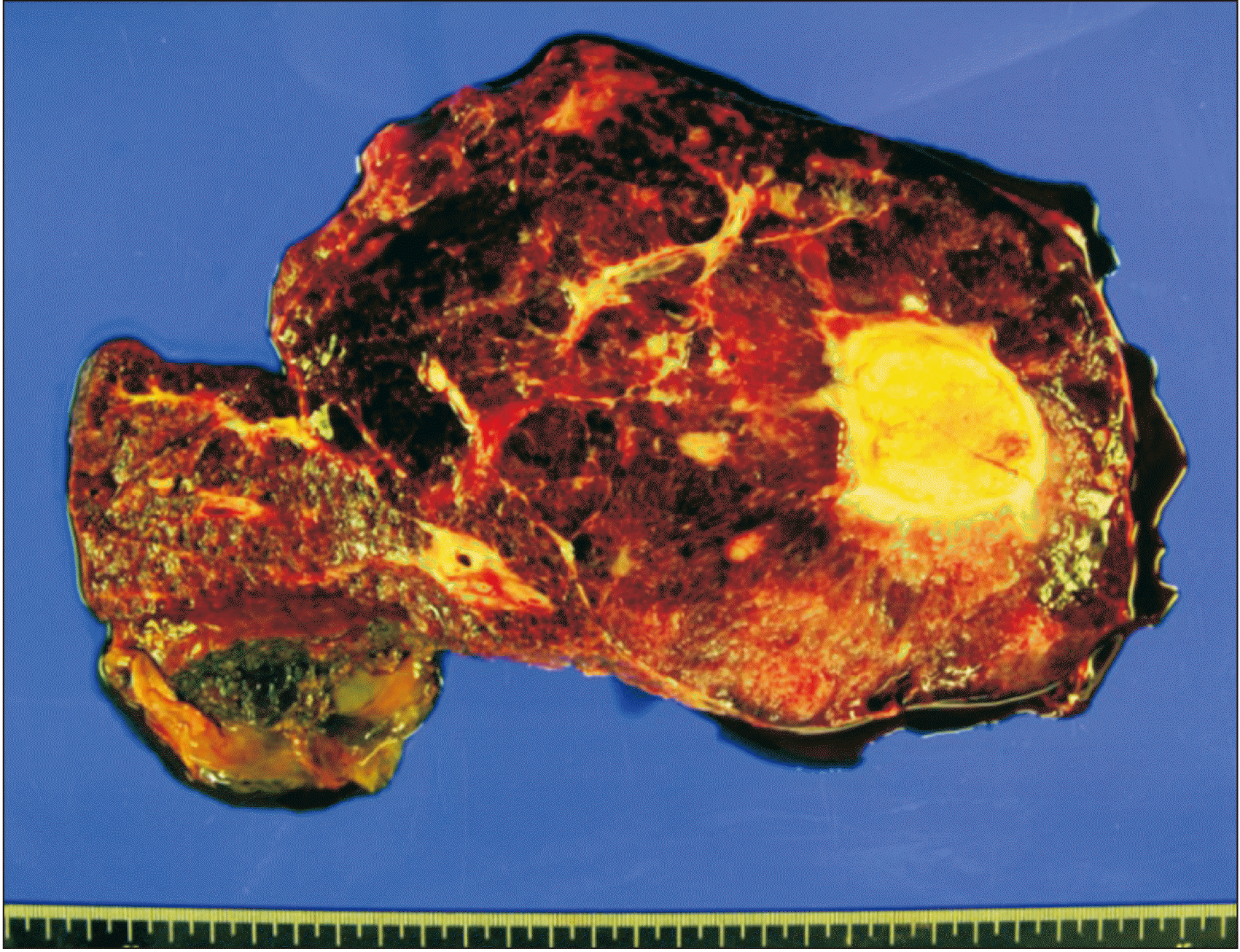
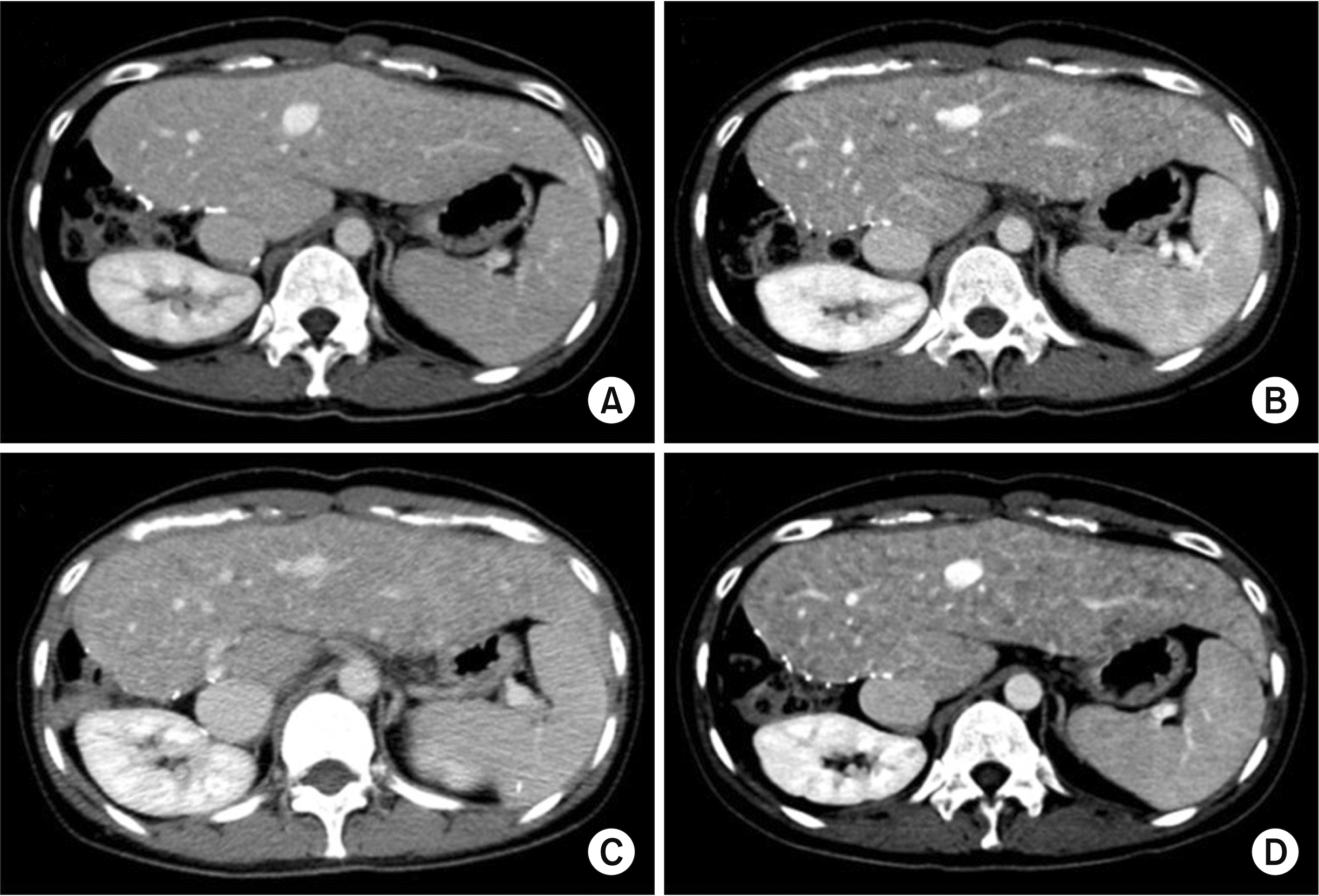
 XML Download
XML Download